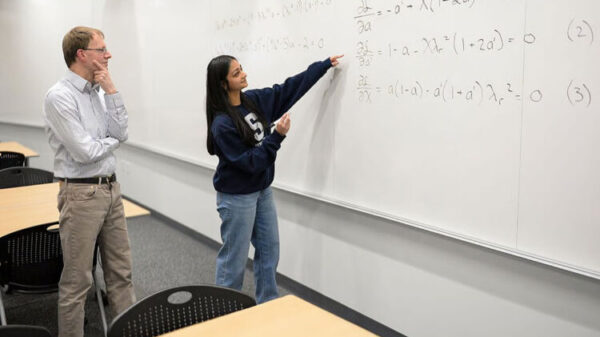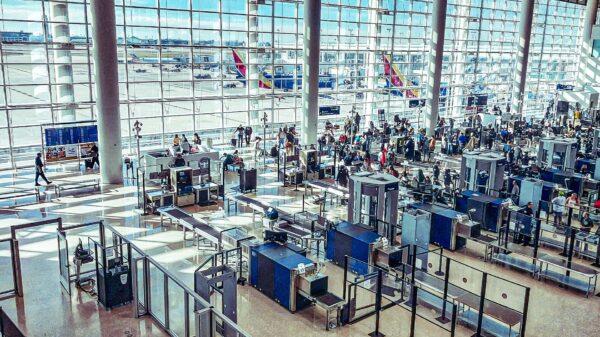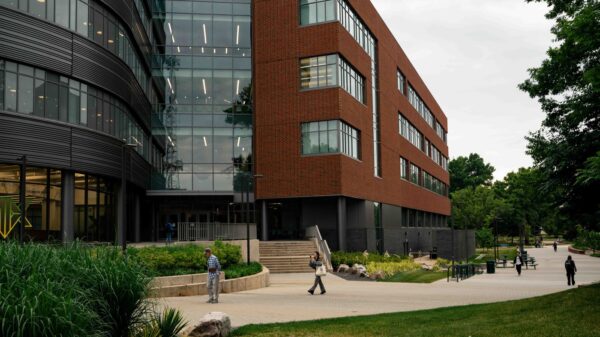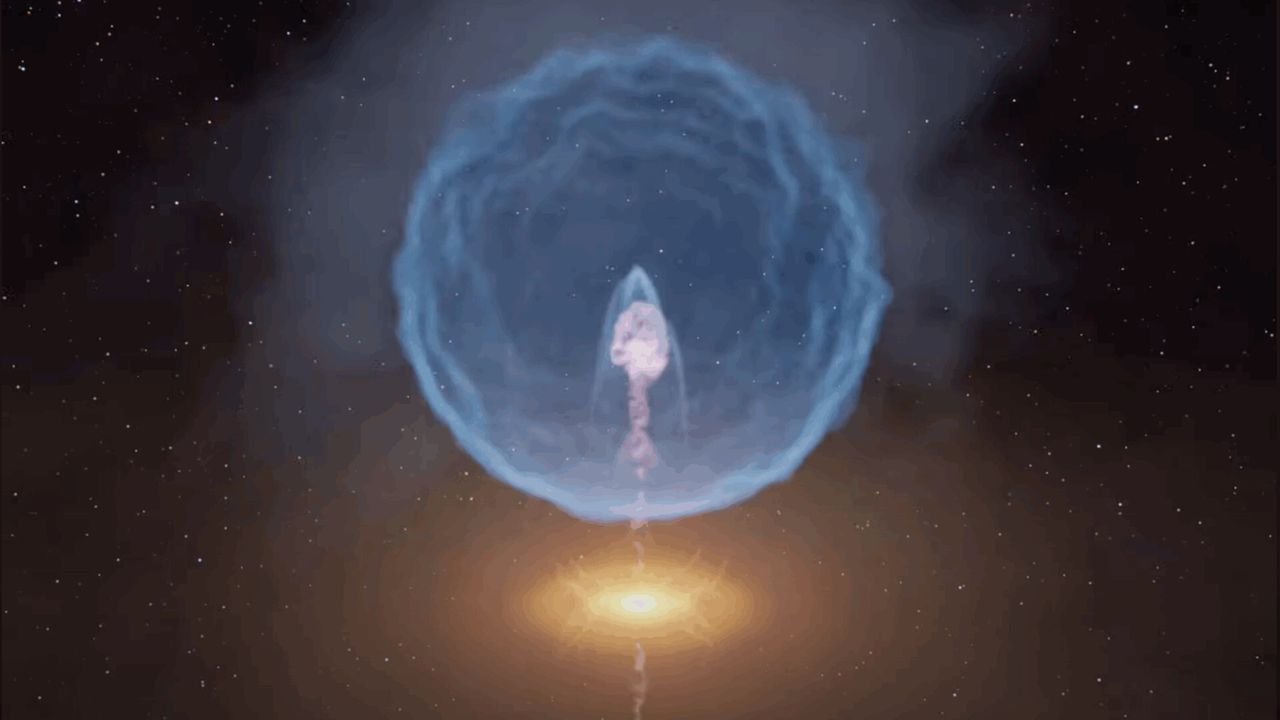BREAKING: Japanese astronomers have made a remarkable discovery that could revolutionize our understanding of star formation. A dramatic explosion in deep space is not only affecting the young star that triggered it but is also distorting the planet-forming disk around it. This urgent finding, led by Masataka Aizawa of Ibaraki University, suggests that young star systems may be far more chaotic than previously believed.
The extraordinary event was identified while researchers reanalyzed archival data from the ALMA (Atacama Large Millimeter/submillimeter Array) telescope in Chile. The team observed an expanding bubble of gas near WSB 52, a young star located approximately 440 light-years from Earth in the constellation Ophiuchus. This bubble is not only expanding but also colliding with the surrounding protoplanetary disk, which is crucial for planet formation.
“This discovery highlights that nature is far more complex than humans think,” Aizawa emphasized in a statement. The researchers suspect that a high-speed jet from WSB 52 collided with a nearby clump of cold gas, triggering a massive explosion. The resulting bubble is now impacting the disk of dust and gas, fundamentally altering its structure.
Typically, protoplanetary disks are sites where planets are born, composed of material left over from the gas cloud that formed the star. However, this newly observed phenomenon—termed the jet-bubble-disk interaction—was not predicted theoretically, raising questions about how planets may form in such dynamic environments.
This event marks a significant milestone in astronomy, as similar bubbles have been detected around young stars before, but this is the first instance where one has been observed colliding with and distorting a protoplanetary disk. The implications of this finding could reshape our understanding of how planetary systems evolve.
Astronomers have long theorized about the chaotic conditions in which planets form, but the actual observation of such an explosive event adds a new layer of complexity. The chances of the bubble aligning perfectly with the star’s rotation axis are “effectively zero,” indicating that the explosion was indeed triggered by WSB 52 itself.
The groundbreaking research was published on August 4, 2023, in The Astrophysical Journal, underscoring the urgency of this development in the field of astrophysics. As scientists continue to study these phenomena, the potential for new discoveries about the universe’s origins and the nature of star systems remains vast and exciting.
Stay tuned for more updates on this developing story, as astronomers around the world explore the implications of this extraordinary event.








































































